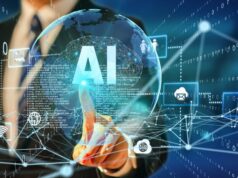For the past few years, digital technologies have been going through rapid growth. Many digital innovations have changed our daily lifestyle, for example, virtual personal assistants like Apple Siri or Amazon Alexa, speech and face recognition, spam filters, or music recommendations.
For the first time, all these innovations look ordinary. But if we look through them, we will find that they are guided by artificial intelligence. Machine learning (or ML) is a subsection of artificial intelligence science, aimed at the increase of the efficiency of humanity with the help of new technologies.
ML is particularly valuable for business as it provides predictive analytics for constantly changing business data and simplifying the decision-making based on the data analysis.
Machine Learning in daily life
Every day we deal with ML products and don’t even know about them. This branch of artificial intelligence put down deep roots in our daily life. Let’s check out the most widespread examples of ML applications in day-to-day life.
1. Virtual personal assistants are the most common examples of ML
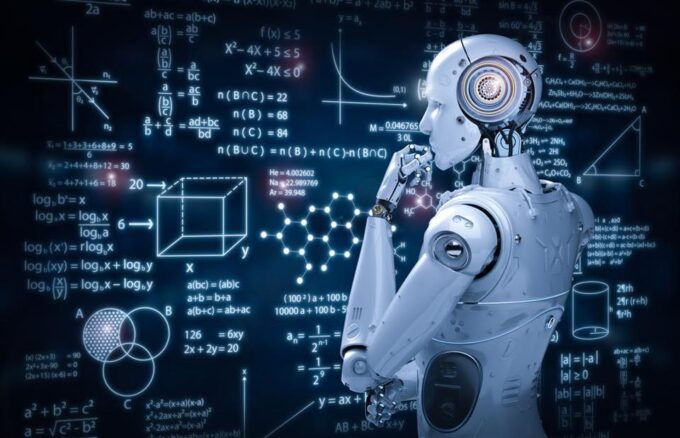
The first personal assistant was developed in 2007 by SRI International and then was acquired by Apple. Yes, it was Siri – the «smart» assistant guided by your voice and artificial intelligence. Other great examples of ML integration are Google Now, Microsoft Cortana, and Amazon Alexa.
They analyze the data that they receive from previous interactions with you, including recent search results. They monitor your interests and geolocation, then render all the information and offer you the best solution. For example, they can find for you the nearest vegan café or remind you about your best friend’s birthday.
2. Email spam filters are also managed by ML
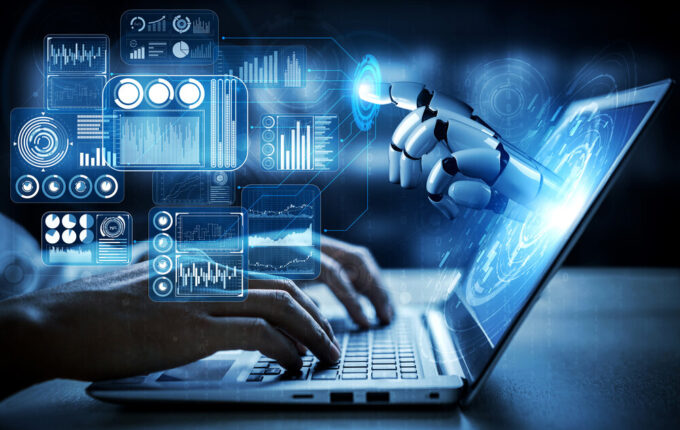
In this case, ML systems recognize different signals like keywords in a message and learn the coding patterns to detect the malware and prevent damage to your data.
3. It is hard to imagine traveling or simple movement in the city without «smart» navigation
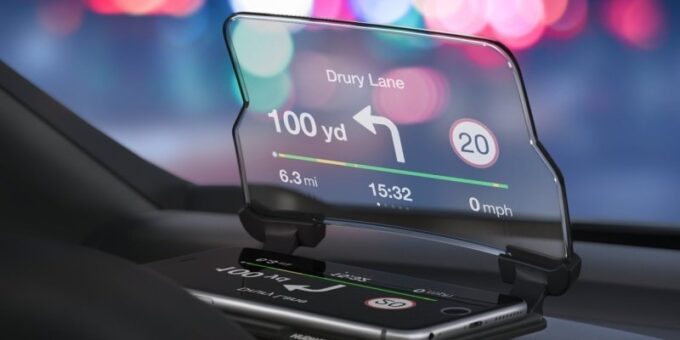
When the system suggests the shortest way, advises the bus number, or broadcasts the road with heavy traffic jams, it is always the result of ML operations. ML analyzes the information daily and predicts possible road scenarios.
Another application of ML is taxi services. ML estimates the price, the distance, and the approximate time of the trip. For example, ML successfully functions by Uber.
4. Social network services adopt many ML features:
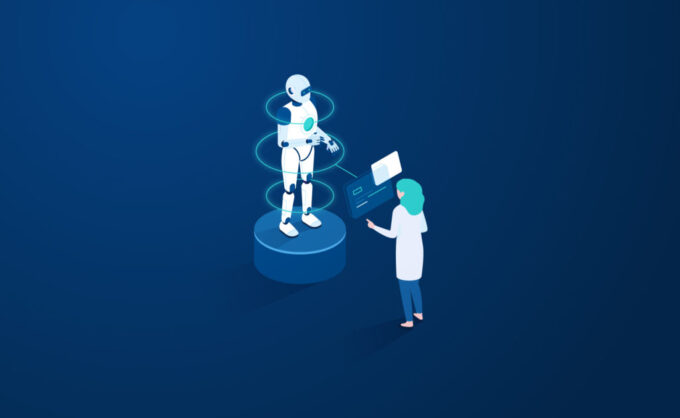
Face recognition, personal music, video, photo and friend’s recommendations, news feed adjustment to personal preferences and interests.
5. Financial analytics is also a subject to ML since financial operations became digital

And the priority goal of ML in this field is to detect fraudulent activity and transactions, securing user finance. Besides, many banks use ML algorithms when it comes to credit or loan approval.
By analyzing all information about user financial activity and evaluating possible risks, the artificially intelligent system offers the most convenient solution: credit amount, terms and conditions, period, percentage rate, and so on.
6. Every day we face artificial intelligence while sailing the global network
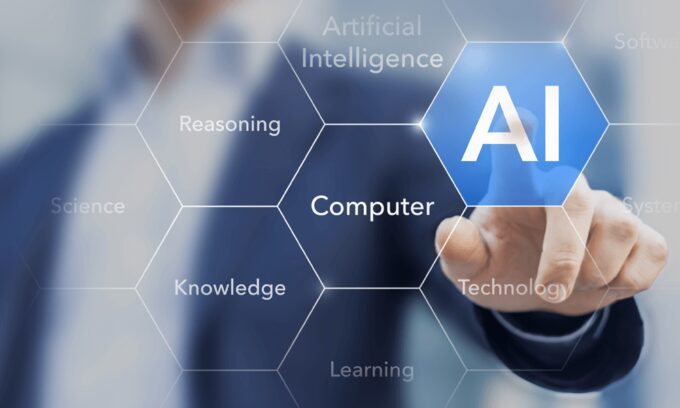
A chatbot system is nothing else but a result of ML. Many websites offer customer support service, but the truth is that you communicate with the neural network, not with the live man.
It is very advantageous for businesses to use ML on their web pages as it allows them to stay in contact with customers 24/7 and saves money as you don’t need to pay a salary to a real manager.
7. Search engine services operate machine intelligence as well
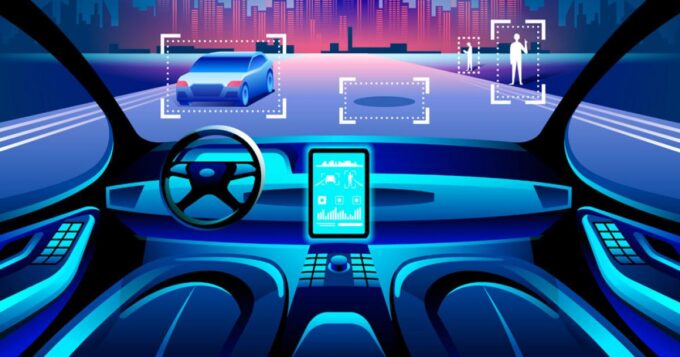
That is why you always find the exact information. For example, if you stay at a web page for a long time, the system defines that the content on this page corresponds to inquiry.
On the other hand, if you don’s click on another web page icon, then the ML algorithm determines that such a page doesn’t match the requirement.
8. Shopping recommendations are also based on ML systems

ML sends you email letters informing you about promo proposals, discounts, and the arrival of new collections according to your previous shopping activity. By analyzing your taste, web shopping applications recommend you similar goods to what you have bought in the past.
9. Writers around the globe also widely use ML
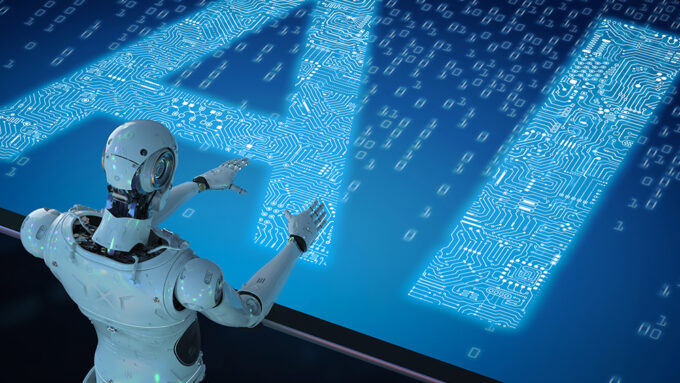
It is integrated into online plagiarism platforms and helps to analyze the writing skills and to detect rip-offs.
10. Nowadays, doctors delegate their competence to virtual machines

Making the healthcare system more effective and reliable. Many leading hospitals around the world use ML to analyze X-ray photos and tomographic images.
ML helps to diagnose a case and search for appropriate treatment. It also monitors patients and supports them in chats.
And this is not the full list of ML examples. ML makes our lives easier, better, and smarter. Besides, there are several cases when ML optimizes operations and pushes businesses forward. Let’s look through the most brilliant examples of ML deployment in the business field.
Machine learning in business: real examples
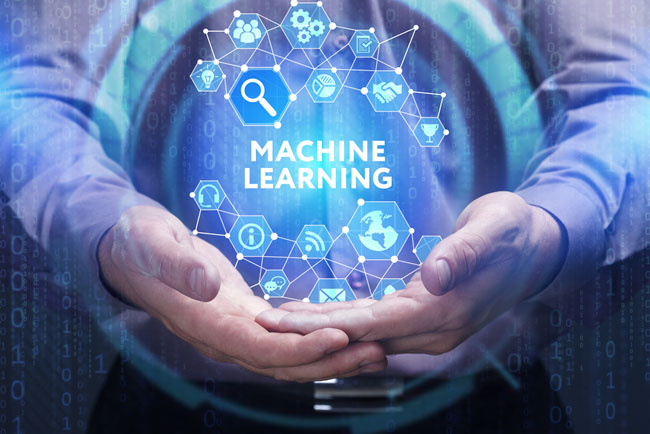
We must admit that ML technology is furiously being adopted by businesses around the world, giving its owners a considerable advantage on the market. Let’s talk about different global companies that integrated ML in business processes.
The world’s leading transportation company, DHL, is a real example of how ML can be successfully used in logistics. DHL has a vast transport network around the globe, and for this company, it is vital to prevent possible supply default, especially concerning air transportation. The solution was found in ML development.
Nowadays, DHL uses a neural network system to predict the estimated time of delivery by air. By analyzing various airline indexes, DHL ML algorithms may forecast airline load fluctuations a week ahead and detect factors that may lead to delivery delays.
DHL also uses another ML tool called «Resilience 360» – a cloud platform for risk solutions. The «Supply watch» package tracks different risks such as road capacity, weather conditions, ecological factors, and even the criminality rate so that to inform clients about possible delays.
Baker Hughes is one of the leading service companies in the oil and gas industry that pays special attention to digital innovations. This company uses ML algorithms to select the appropriate mode of turbine operation and starting time to reduce fuel consumption. This algorithm also helps to forecast possible equipment breakdown and avoid equipment restart or downtime.
In 2019, Baker Hughes, Microsoft, and C3.ai made a joint venture for ML solution’s development in the oil and gas industry based on neural network service. Baker Hughes and C3.ai solve complicated issues and meet the challenges by using data science methods, using Azure – a Microsoft cloud platform. The main goal of this joint ML solution is to reduce downtime.
ML services are unavoidable in the IT field. One of the IBM missions is to develop ML solutions for others, and the most significant IBM ML product is IBM Watson – a supercomputer that gives answers to a wide range of questions.
IMB Watson for Oncology is an ML program that helps in utilization management when it comes to patient treatment. It has a vast base of medical reports data for picking up the most appropriate strategy for treatment. Nowadays, many American hospitals use IMB Watson for Oncology solution for curing thousands of people who have cancer.
Social media giants Facebook and Twitter are experts in ML applications. When these two social networks adopted ML for their service improvement that they had left behind all other competitors. For example, Facebook uses ML in almost every aspect of its service: revealing content, text mood analysis, speech recognition, fraud detection, and so on.
As for Twitter, this social service integrates ML intelligence to create a beautiful and attractive photo preview. According to Twitter developers’ statement, this neural network knows which part of the image will catch the eye.
Google is an «AI-first» company, has serious plans for the possibilities and advantages of using artificial intelligence. Google integrated ML into many services. Let’s look through some of them. The Google Translator service has a unique function to find words on a board or in a menu and immediately translate them.
Another example of ML is the specific feature of Gmail. It has a function of «smart» reply, which is possible because of an integrated neural network that analyzes incoming messages and offers different kinds of automatic answers.
Other examples of ML is Google Assistant, which can recognize your speech, Google Photo service, which identifies different images, or YouTube, which gives your video recommendations.
What’s next?
Machine Learning is not the future. It is today’s reality and a technological breakthrough of the 21st century. Our daily life has become more digital than yesterday, and it is hard to imagine it without machines and neural networks.
A human being has already reached a limit and can’t cope with the enormous data amount produced every day. Many analysts believe that machines may replace human labor shortly.
Nevertheless, machines and ML are good only when they are operated and controlled by people. So, there is nothing to worry about. Let machines do monotonous work; people’s destination is to make something greater.




